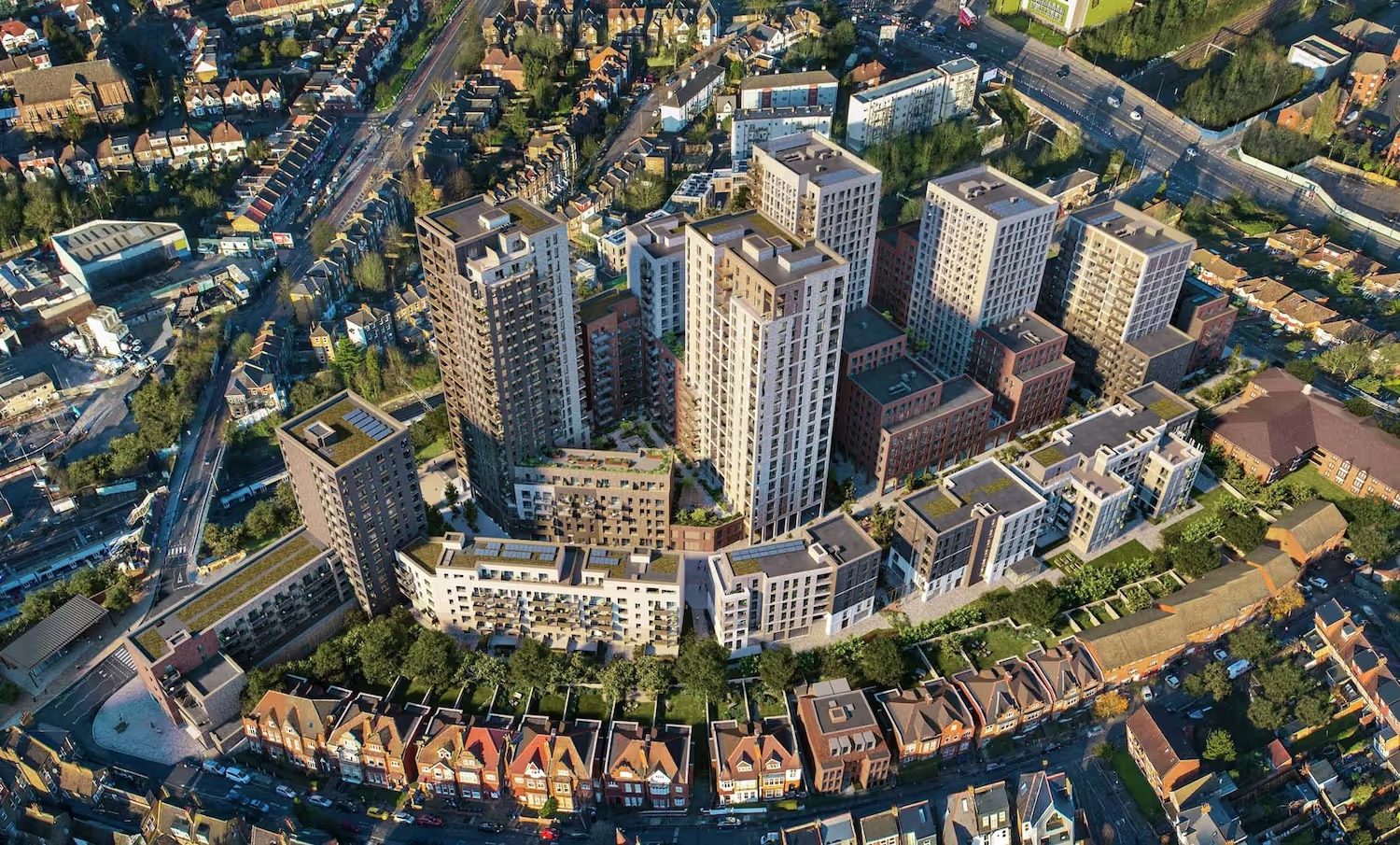How to Protect Your Daylight from New Developments
Worried about losing daylight to a new development? You might have a legal right to light — but surveys alone won’t protect you. Real leverage comes from litigation, which forces developers to negotiate or compensate. Here’s how to assert your rights and get the outcome you deserve.
How to Protect Your Daylight from New Developments
When a new extension or block of flats goes up next door, one of the first worries is: will I lose my daylight?
The good news is that the law does protect you, through the right to light. But here’s the truth most guides won’t tell you: proving you have a right is only half the battle. The real protection comes from litigation, because that’s what forces developers to negotiate.
Step 1: Know Your Rights
A right to light is an easement. It allows you to receive enough natural daylight through defined openings (usually windows) for the ordinary use of the room.
You may already have this right if your window has enjoyed uninterrupted daylight for at least 20 years, or if the right was granted in a deed.
Step 2: Prove the Interference
A right of light survey can show whether a new development will leave your rooms too dark. The most common method is the Waldram test - checking if at least 50–55% of the room’s working plane still receives enough sky visibility.
If the answer is no, then you may have an actionable interference. But that’s not where it ends - it’s where it begins.
Step 3: Use Litigation to Protect Your Position
This is the turning point. Developers don’t pay out because you’ve had a survey. They pay out because litigation creates real risk:
- Injunction risk – the court could stop or cut back their scheme.
- Damages risk – compensation could be ordered against them.
- Delay and uncertainty – every developer’s nightmare.
Kevin Cooper v Ludgate House Ltd [2025] EWHC 1724 (Ch) shows how this works. Once interference was proved, the court treated the issue as a hypothetical deal between a willing seller and a willing buyer at a reasonable price, not a ransom.
Put simply, the judgment frames it as the reasonable price the parties would agree to release the rights so the scheme could proceed.
That is the bargaining conversation litigation unlocks. Without it, your protection is only theoretical.
Step 4: Understand How Compensation Works
There are three main ways damages are assessed:
- Negotiating Premium – a share of the developer’s profit uplift arising from the offending part of the scheme.
- Diminution in Value – the fall in your property’s market value.
- The Hypothetical Bargain (Release Fee) – what both sides would have agreed in advance to release the right. This “third way” reflects real commercial reality, but it only works when litigation puts the developer at risk.
Step 5: Work With the Right Team
This is where Daylight Protect is different. We don’t just provide surveys or letters. We:
- Bring together the solicitors, surveyors, and barristers needed to litigate.
- Manage the process through court if required.
- Cover the risk of paying the other side’s costs if you lose.
That means you can act without fear and the developer knows you’re backed all the way.
The Bottom Line
If you want to protect your daylight, don’t stop at surveys or objections. The real protection comes from litigation, because that’s what forces developers to negotiate.
Without litigation, you’re ignored. With litigation, the developer is asking: how much do we have to pay you to carry on?
And that’s where Daylight Protect gives you the winning edge.
✅ Key takeaway: Protecting daylight isn’t just about proving a right - it’s about enforcing it through litigation to unlock real compensation.
Similar insights

